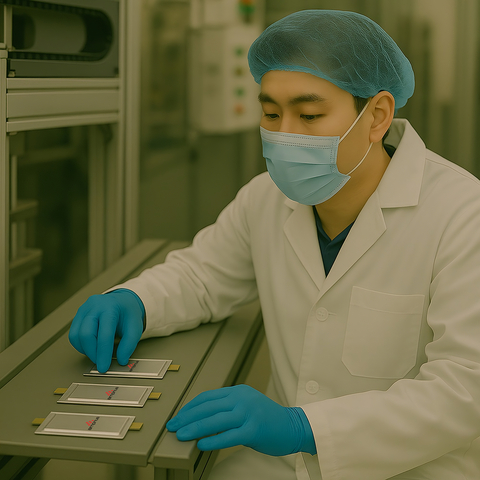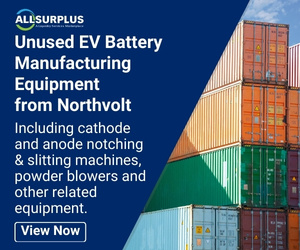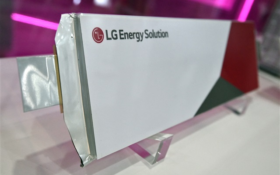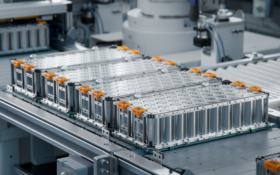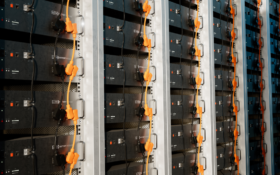Emissions from commercial vehicles are set to become the largest contributor to road transport’s CO2 footprint, surpassing passenger cars in the coming years. A report produced by BloombergNEF and commissioned by the Dutch Ministry of Infrastructure and Water Management in partnership with Smart Freight Centre, outlines the perspectives of zero emission vehicles in the commercial sector.
Fully electric vehicles account for most low- and zero-emission trucks globally. Mature battery supply chains and deep know-how gained through the passenger car industry have made batteries the technology of choice for zero-emission trucks, the report said. Short-haul and urban routes are most of the early applications.
Vehicles with least 500km driving range from one charge have been launched in Europe and the US, but their availability remains low. In Europe, Norway boasts the highest adoption rate of e-trucks in 2024, with 10% of total sales.
Zero-emission truck sales were close to 38,000 units globally in the first half of 2024 and are set to be just over 1.5% of total sales in 2024 – China accounts for more than 80% of global volume of commercial battery and fuel cell vehicles.
In Europe, sales are concentrated in a handful of countries, while the US market shows only limited market growth, with about 1,000 units sold in H1 2024. The market lacks a supply of suitable models, and a few start-up manufacturers have failed yet to scale-up production. Around 750 battery and fuel-cell van and truck models are available globally for purchase, with more than half offered in China only.
The report said that battery swapping has been part of China’s electric truck growth story. In 2023 around half of the more than 30,000 heavy-duty e-trucks sold in the country were battery swappable models. The technology offers short refuelling time, lower upfront cost and the potential to optimise the timing and cost of charging.
Most e-truck manufacturers procure battery cells from outside suppliers, while they produce their own packs. Some, such as Volvo, Daimler and Paccar, plan to bring cell manufacturing in-house later in the 2020s, although Volvo recently postponed the construction of its Mariestad battery plant.
German-Swedish Traton has invested in cell maker Northvolt, which is now in serious crisis. Chinese truck producers have taken advantage of the advanced battery supply chain in the country. From early on, they adopted lithium-iron phosphate (LFP) cells to produce affordable vehicles with long lifetimes. For BEVs, the average range is around 250km.
By 2025, large cell producers aim to introduce cells with energy densities of 350–500Wh/kg, such as CATL’s ‘condensed battery’. That could correspond to pack-level energy density of 280–300Wh/kg. For these, manufacturers will need to use silicon or lithium metal anodes, solid electrolytes and high-voltage cathodes.
Photo: Toyota global zero emissions truck for customer UPS.



